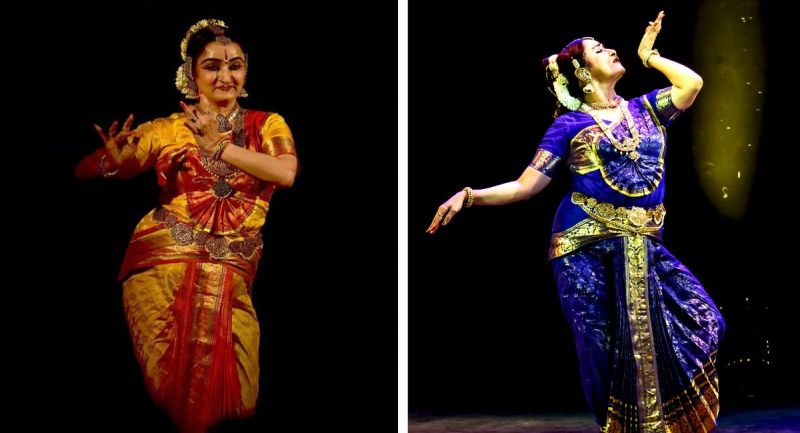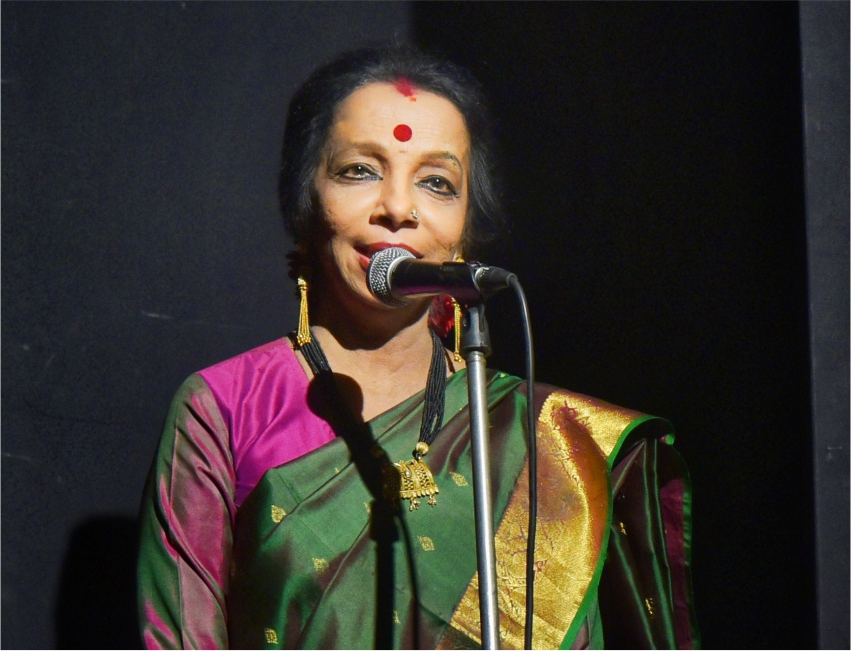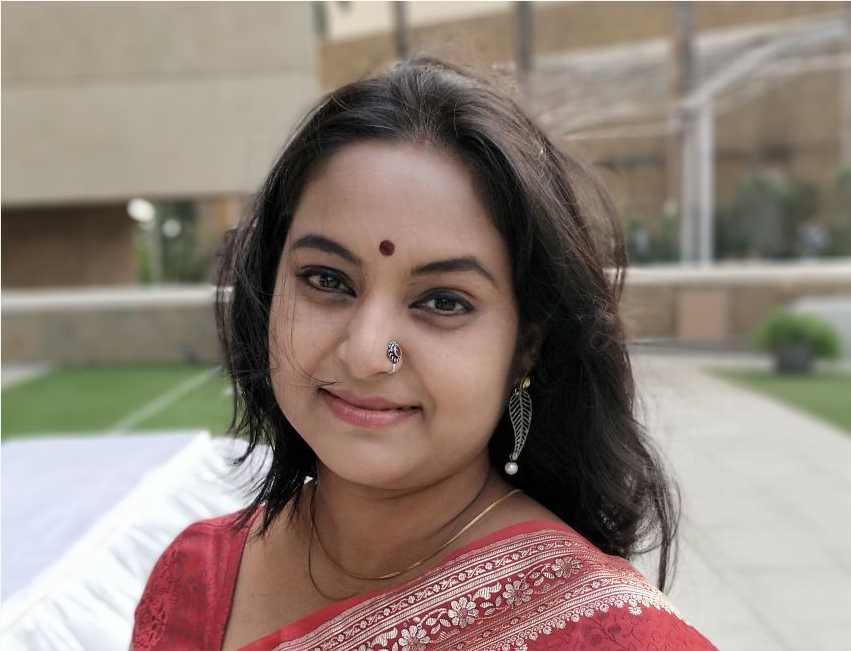Navigating the Complex Landscape of Indian Performing Arts with Sandhya Purecha

- Sandip Soparrkar
- 29 Aug, 2024
Dance Trance by Sandip Soparrkar
One of the most iconic figures in the world of culture today is the chairperson of Sangeet Natak Akademi Dr Sandhya Purecha. Her most significant achievement has been performing all 324 shlokas of the Abhinaya Darpanam, an ancient treatise on dance, in a solo performance. This work has been preserved in an audio-visual format by the Indira Gandhi National Centre for the Arts (IGNCA), ensuring that future generations can access and learn from it. I met with the super achiever Dr Purecha who’s contributions to society extends beyond her work as an artist excerpts from the interview:
As the chairperson of Sangeet Natak Akademi (SNA), can you please share your experience and challenges so far?
Indeed, taking on the role of chairperson at the Sangeet Natak Akademi after a significant hiatus was a daunting task. When I assumed this position, the Akademi was dealing with a considerable backlog. It’s not easy to address the past, manage current affairs, and lay the foundation for the future all at once. However, I have always believed that challenges are inevitable, particularly when one is committed to bringing about meaningful change. Despite the difficulties, I have never allowed any obstacle to halt my progress. This resilience is largely due to the unwavering support I’ve received from my extraordinary team at the SNA, government officials, and the wider artist community. Together, we have made significant strides in clearing the backlog and launching new initiatives that will benefit the performing arts sector.
How has your traditional dance training shaped your work, both as an artist and as a leader?
My training in the Thanjavur Baani of Bharatanatyam under Guru Acharya Parvatikumar has been the cornerstone of my career. The Guru Shishya Parampara, which emphasizes the traditional teacher-student relationship, was instrumental in not just honing my technical skills but also in instilling a deep reverence for the classical arts. This training has shaped my entire approach to the arts and continues to guide my work today. As an artist, it has allowed me to develop a profound understanding of Bharatanatyam, which is reflected in my performances and choreographies.
As a leader at the SNA, my traditional training has influenced my decision-making and the initiatives I have launched. I strive to uphold and propagate the classical traditions while also embracing contemporary practices that can help us reach a broader audience.
Could you please share more about the work of your NGO?
My Sarfojiraje Bhosale B.N. T & R Centre is very close to my heart. Through this NGO, we are committed to the preservation, promotion, and propagation of Indian arts and culture. However, our mission extends beyond just the arts. We believe in using art as a tool for social change. One of our key initiatives is providing free arts training to economically disadvantaged students from BMC schools. Many of these students would not have access to such training otherwise, and it’s incredibly rewarding to see how the arts can uplift and empower them. We also engage in various social service initiatives, such as advocating for women’s rights and spreading cultural awareness.
As the chairperson SNA you have introduced several initiatives. Can you please highlight some?
We at SNA are proud to celebrate the rich diversity of Indian performing arts through unique festivals. We have organized festivals at temples and various other venues across India, where the arts were traditionally performed. This not only honours the historical context of these art forms but also brings them closer to the communities from which they originated.
Another significant project is the national mentorship program, where we are training 100 artists in distinct art forms through the traditional guru-shishya parampara. This program ensures that these art forms are passed down to the next generation in their most authentic form.
We have also introduced the Kala Dharohar workshop and training series, which is aimed at familiarizing school and college students across every state with Indian art forms. This is crucial because it plants the seeds of appreciation for our cultural heritage in young minds, ensuring that these traditions continue to thrive.
I personally believe in encouraging the rare arts that form the roots of our country yet are not very well known. These arts deserve a nationwide platform, and keeping that vision in mind, we at the Akademi have organized workshops and seminars in various forms, including Sattriya dance, children’s theatre, Putul parampara (puppet festival), and Jyotirgamaya, a festival that celebrates unsung performers. We have also held events dedicated to Kavi Nirala’s extraordinary work, the importance and depth of the Hindi language, and technical aspects of dance.
One of my most loved events was our Amrit Yuva Kalotsav, a series of festivals across India showcasing young artists and the continuum of our myriad performing art genres, traditions, and expressions. I am thrilled to share that this Kala Utsav was super successful, with events held in Delhi, Goa, Chennai, Imphal, Bhopal, Jammu, Lucknow, Mumbai, Udupi, Varanasi, Kalady, Shillong, Gangtok, Agartala, Raipur, Puducherry, and more. Our Mahotsav had youth flocking to the world of art like never before—a vision of mine to promote Indian culture to the younger generation.
How do you handle potential political interference in your work at the Akademi?
This is a concern that many people have, but I can confidently say that I have not experienced any political interference in my work at the SNA. The government officials and ministers have been very supportive and have allowed me to focus entirely on my work and my vision for the Akademi. Their support has been instrumental in allowing me to implement the changes and initiatives that we’ve undertaken. I believe that when your intentions are clear, and you are dedicated to your work, you can navigate these potential challenges effectively. My focus remains on the art, the artists, and the cultural heritage we are all committed to preserving and promoting.



